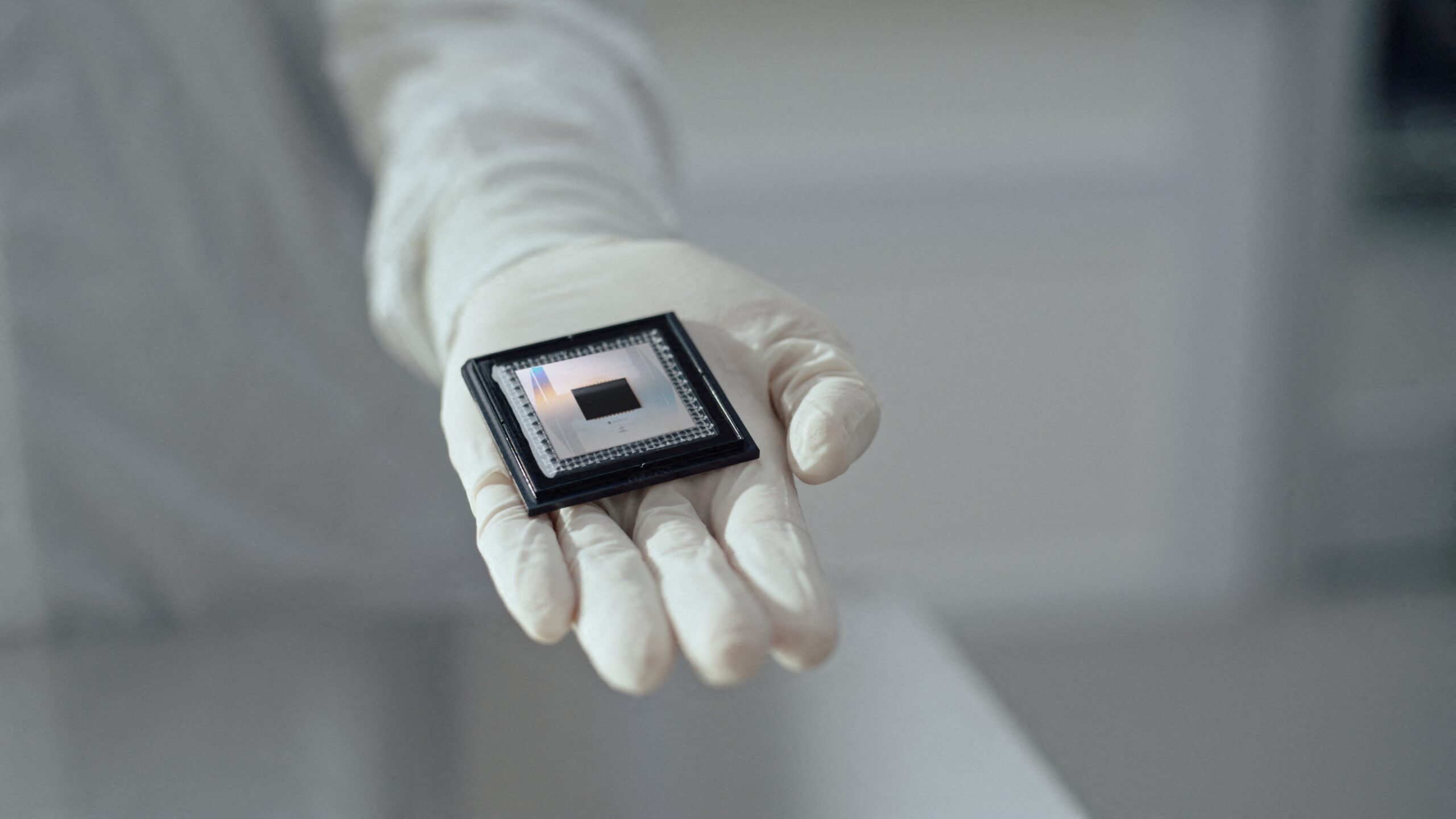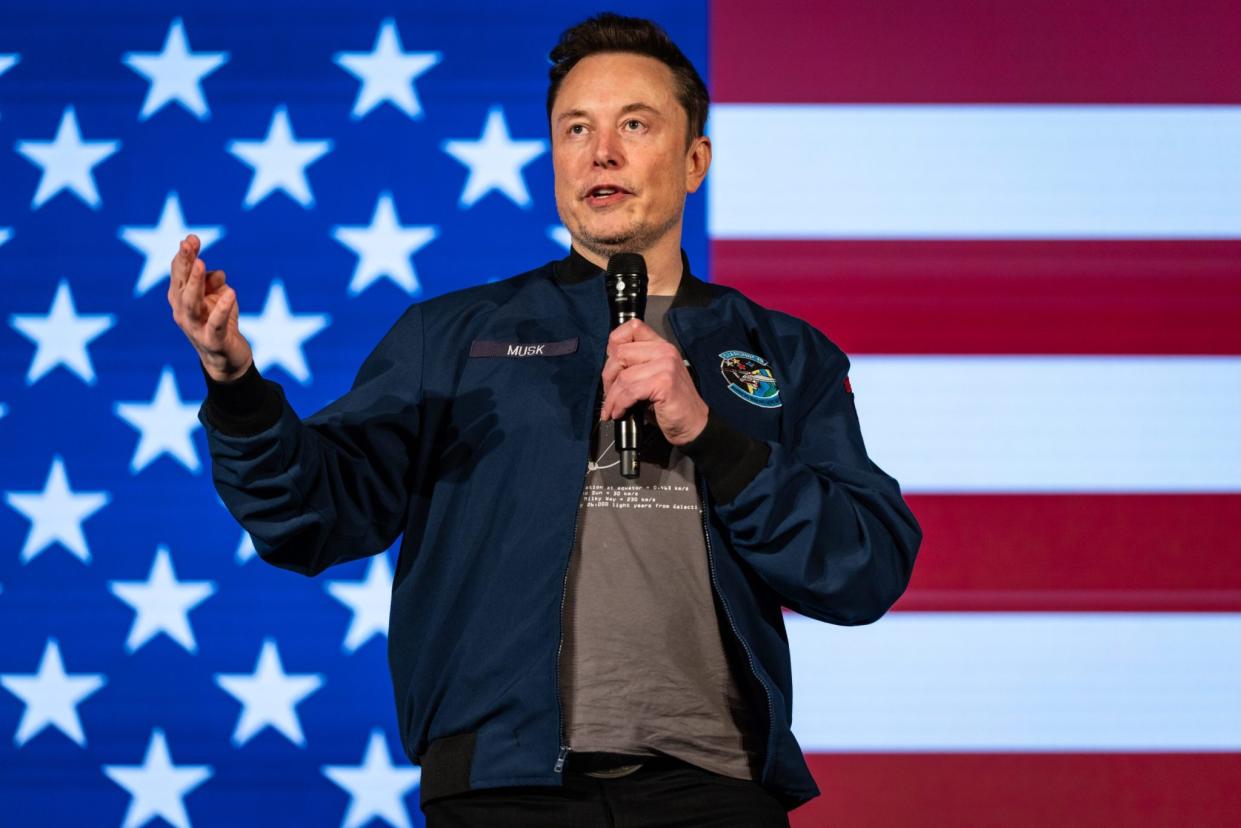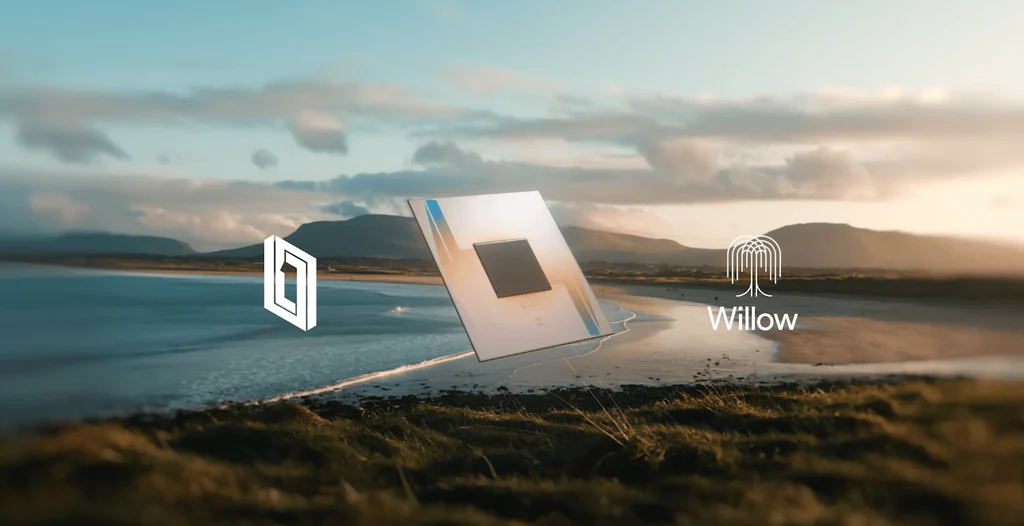Google just shook the tech world with a groundbreaking announcement: its latest quantum chip, named Willow, has tackled a fundamental problem that has stumped scientists for three decades. CEO Sundar Pichai didn’t hold back on X (formerly Twitter), saying:
“Introducing Willow, our new state-of-the-art quantum computing chip with a breakthrough that can reduce errors exponentially as we scale up using more qubits, cracking a 30-year challenge in the field.”
This isn’t just a minor upgrade, it marks a dramatic leap forward in computing.
Quantum Speed That Stretches the Boundaries of Time

In testing, Willow displayed astonishing performance that left traditional computers in the dust. Pichai highlighted just how far ahead this chip is compared to current tech:
“In benchmark tests, Willow solved a standard computation in <5 mins that would take a leading supercomputer over 10^25 years, far beyond the age of the universe(!).”
That kind of speed isn’t just impressive—it’s history-making.
Practical Applications Could Transform Industries
More than just a lab experiment, Willow could shape the future of industries from healthcare to energy. Pichai emphasized its real-world potential:
“We see Willow as an important step in our journey to build a useful quantum computer with practical applications in areas like drug discovery, fusion energy, battery design + more.”
With this level of processing power, tasks that once seemed impossible may soon be achievable.
Elon Musk Responds with Bold Vision for the Future
Elon Musk, never one to miss a tech revolution, responded to the announcement with one simple word:
“Wow.”

That sparked a public exchange between the Tesla and SpaceX CEO and Sundar Pichai, who responded with a futuristic vision:
“We should do a quantum cluster in space with Starship one day.”
Musk didn’t hesitate to dream even bigger:
“That will probably happen,” Musk replied.
“Any self-respecting civilization should at least reach Kardashev Type II. In my opinion, we are currently only at <5% of Type I. To get to ~30%, we would need to place solar panels in all desert or highly arid regions.”
Quantum Error-Correction: The Long-Awaited Breakthrough
Google’s achievement didn’t happen overnight. Since the 1990s, scientists have tried to overcome quantum computing’s biggest hurdle: error correction. Quantum bits, or “qubits,” are incredibly sensitive to disturbances—even tiny subatomic particles from space can throw them off.
Willow contains 105 qubits, far more than its predecessors, but what makes it stand out is its ability to correct the errors that naturally come with so many qubits working at once. Without this innovation, adding more qubits only increases chaos, not performance.
The Quantum Race Heats Up

Tech giants like IBM and Microsoft are racing to dominate the quantum landscape, but Google’s new chip puts it miles ahead for now. With Willow’s success, the race has a clear front-runner.
Quantum computing promises to deliver breakthroughs in artificial intelligence, national defense, scientific research, and countless other fields. Google’s breakthrough brings those promises closer to reality.



